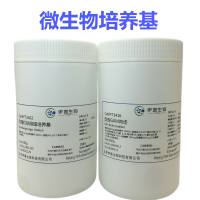Characterization of Heparin Binding Variants of Antithrombin by Crossed Immunoelectrophoresis in the Presence of Heparin
互联网
438
The first update of the antithrombin mutation database published in 1993 used a revised classification for antithrombin variants (1 ). Currently, two deficiency states are recognized: type 1 deficiency is characterized by a parallel reduction in immunological and functional plasma antithrombin levels, whereas type 2 is characterized by the presence of a dysfunctional protein and a discrepancy between normal antigenic and reduced functional activity levels of antithrombin. Type 2 variants are further subtyped into three categories depending on whether the mutation has its effect on the reactive site (RS), the heparin binding site (HBS) or has multiple or pleiotropic effects (PE). Thus, the last update of the antithrombin database listed 11 distinct molecular defects causing heparin binding abnormalities and nine defects having pleiotropic effects interfering with both thrombin inhibitory activity and heparin binding. The majority of PE variants are also associated with reduced immunological concentrations of plasma antithrombin and have mutations affecting amino acid residues belonging to the C-terminal strand 1C (e.g., antithrombin Utah, 407 Pro to Leu) a finding which has led to the suggestion that the integrity of the carboxy-terminal 30 amino acids of antithrombin is essential for maintaining normal circulating antithrombin levels (2 ).









